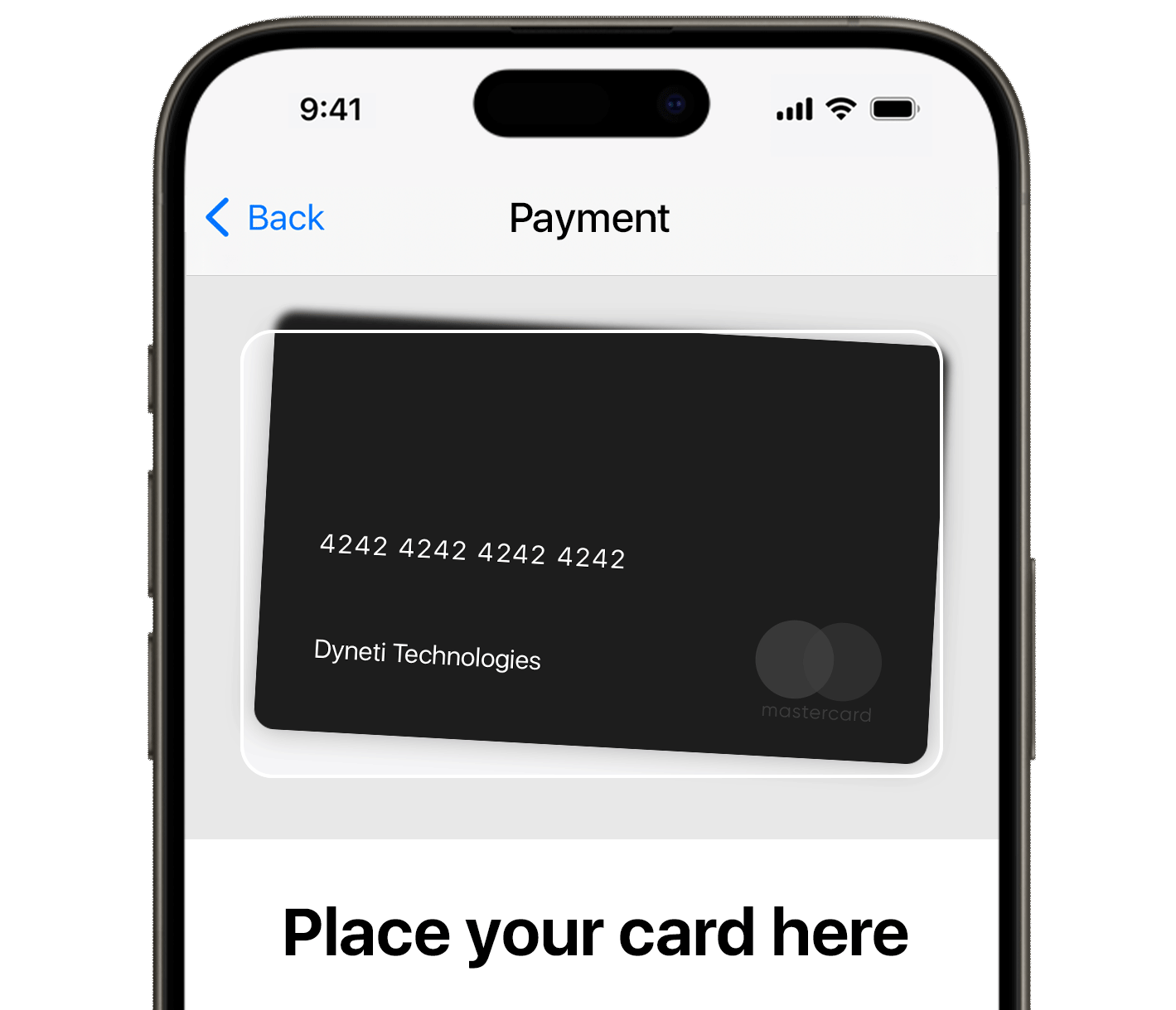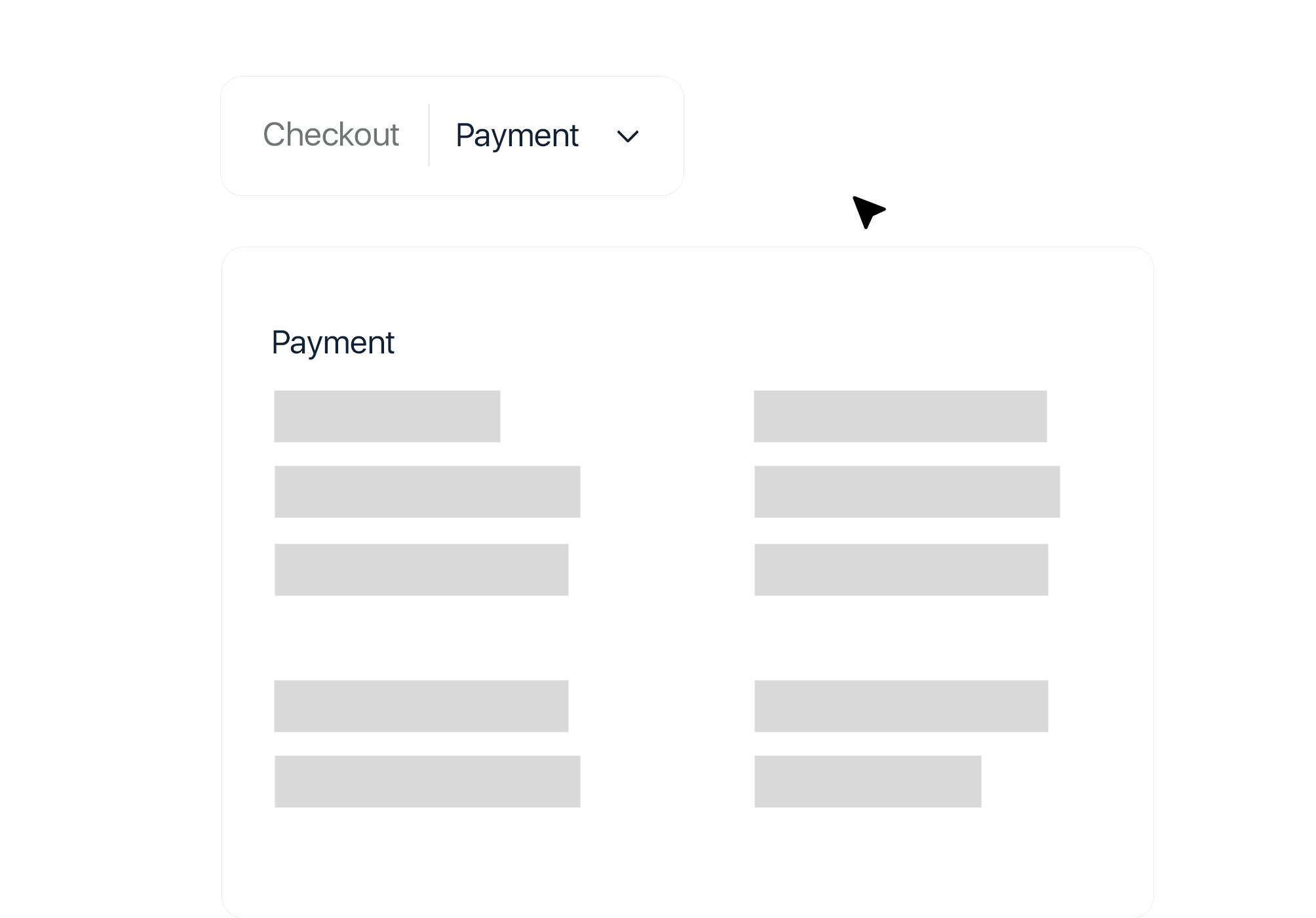Consumers want to shop with ease and confidence, especially during the checkout process.
Unfortunately, the checkout process on mobile can be cumbersome and time-consuming. Small screen sizes, the need for scrolling, difficulty in entering information, and slow loading times all contribute to a less-than-ideal user experience.
Checkout abandonment is a major issue for retailers, and mobile shoppers have the highest abandonment rate.
Several common friction points in mobile transactions can deter users from completing their purchases, including:






